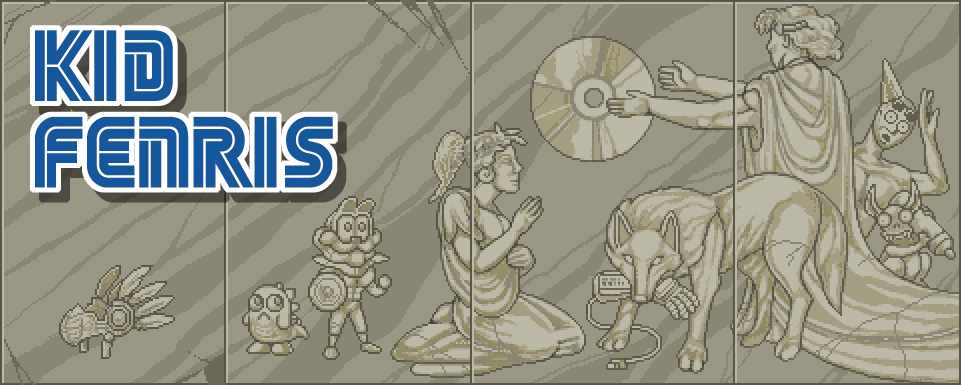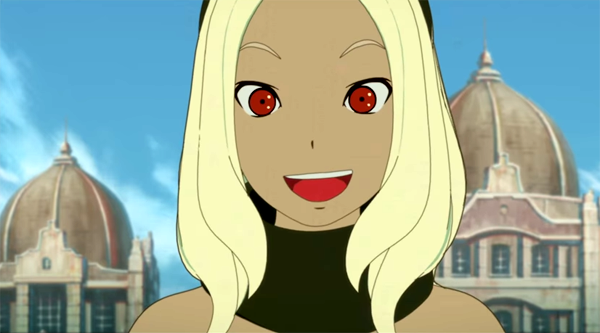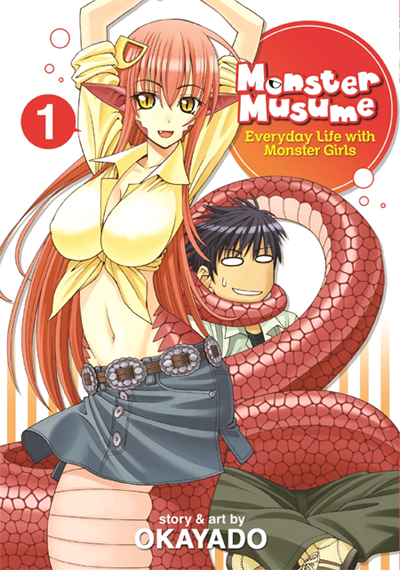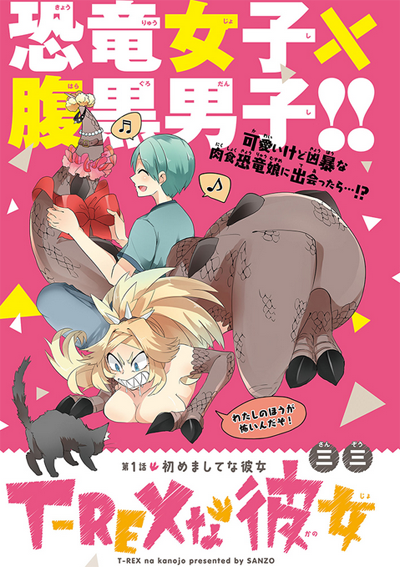Valkyrie Anatomia: The Origin makes me doubt myself. I enjoy it, but I wonder if that’s because I’m hardwired to enjoy any Valkyrie Profile creation on some level. Am I having fun with
Valkyrie Anatomia just as I did
Star Wars: The Force Awakens, which lost me in the second half but still made me feel like a little kid awed by
Return of the Jedi? Is it like a mediocre Lupin III movie that I watch only because it has Lupin slinking around while Jigen makes caustic remarks and never takes off his hat? Or is it more like ABC’s recently canceled
The Muppets, a standard-issue mockumentary sitcom that I stuck with just to see Gonzo and Fozzie and Uncle Deadly going about their Muppet routines?
Should you trust my opinion of
Valkyrie Anatomia? Can
I even trust it? Probably not.
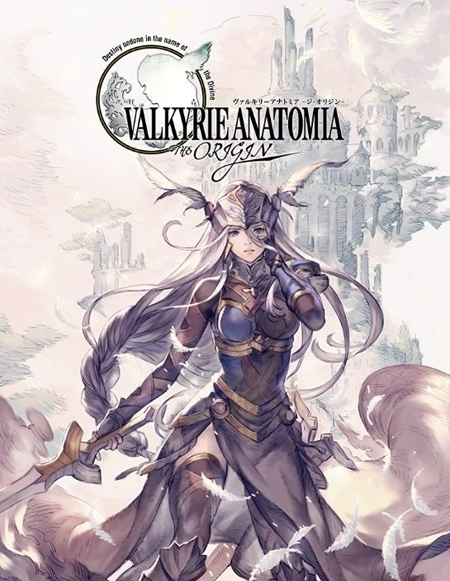
Well, here’s what I think anyway:
Valkyrie Anatomia, as a mobile-game prequel to the rest of
Valkyrie Profile, doesn’t form as well as its predecessors. Yet it has enough of
Valkyrie Profile’s finest elements to draw me into whatever it’s trying to do to my spare time and money. For all of its failings, It knows what sets
Valkyrie Profile games apart. I have irksomely sectionalized proof.
BLEAK AND MORBID VIGNETTES: Yes, mostly
The three
Valkyrie Profile games tell of struggles between Norse gods and mere mortals: the first is about a valkyrie slowly reclaiming her humanity, the second about a rebellious valkyrie locked in mortal form, and the third about a bitter warrior seeking revenge on the valkyrie who spirited away his father. Yet their best moments are often found in the smaller tales about the warriors the valkyries gather, the valiant and doomed souls who earn a place in Odin’s army one way or another. The original game excelled at this while
Valkyrie Profile 2 had weak side stories, but the third,
Covenant of the Plume, remembered the importance of a strong supporting cast. And I will defend it everywhere I can.
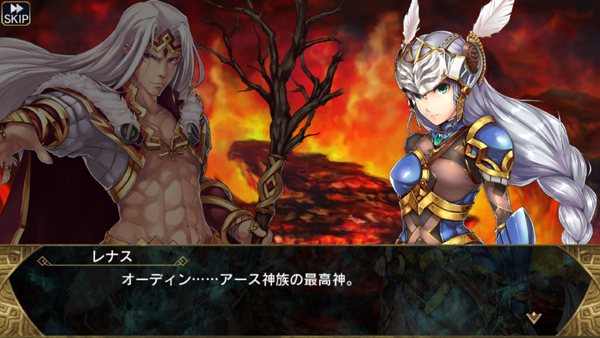 Valkyrie Anatomia
Valkyrie Anatomia remembers as well. It's just not as adept. The overarching story finds a younger (and possibly alternate-reality) version of Lenneth Valkyrie sealed in darkness, summoned out of it only by an equally younger version of Odin. He desperately needs warriors for the Aesir ranks, so Lenneth travels to the mortal realm with two raven familiars at her side. She recruits humans for Einherjar he same way the original Valkyrie Profile presented things: watching them in the days before their untimely demises, and inviting them to accompany her to the afterworld.
My limited knowledge of Japanese leaves me unable to comment on the nuances of
Valkyrie Anatomia’s storyline, but I can grasp the tenor of it. It’s fragmented in quality, switching from a generic story about an all-too-perfect warrior to an intriguing chronicle of a homunculus mage’s final days. Most of the time, though,
Anatomia strikes the right tone: morose, fatalistic, and yet hopeful for a life beyond. It’s easy enough to sympathize with Chloe, a dragon-hunter forced to watch her sister cursed, or Senna, a chipper swordfighter who dies in a tavern brawl.
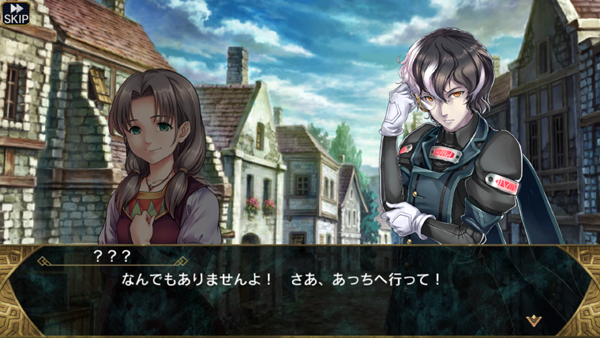
That’s where
Valkyrie Anatomia lays down the same rhythm that made Valkyrie Profile so compelling. Each little vignette isn’t just about a pathetic mortal; it’s an introduction to a new archer or magician or broadsword-wielder for you to recruit and develop.
Anatomia even goes beyond the introductions. Once drafted, an Einherjar unlocks extra dungeons that explore the characters’ lives after they’re turned into foot soldiers for Ragnarok. It’s an excellent flourish on the original’s formula, which tended to forget about most human allies after they enlisted.

